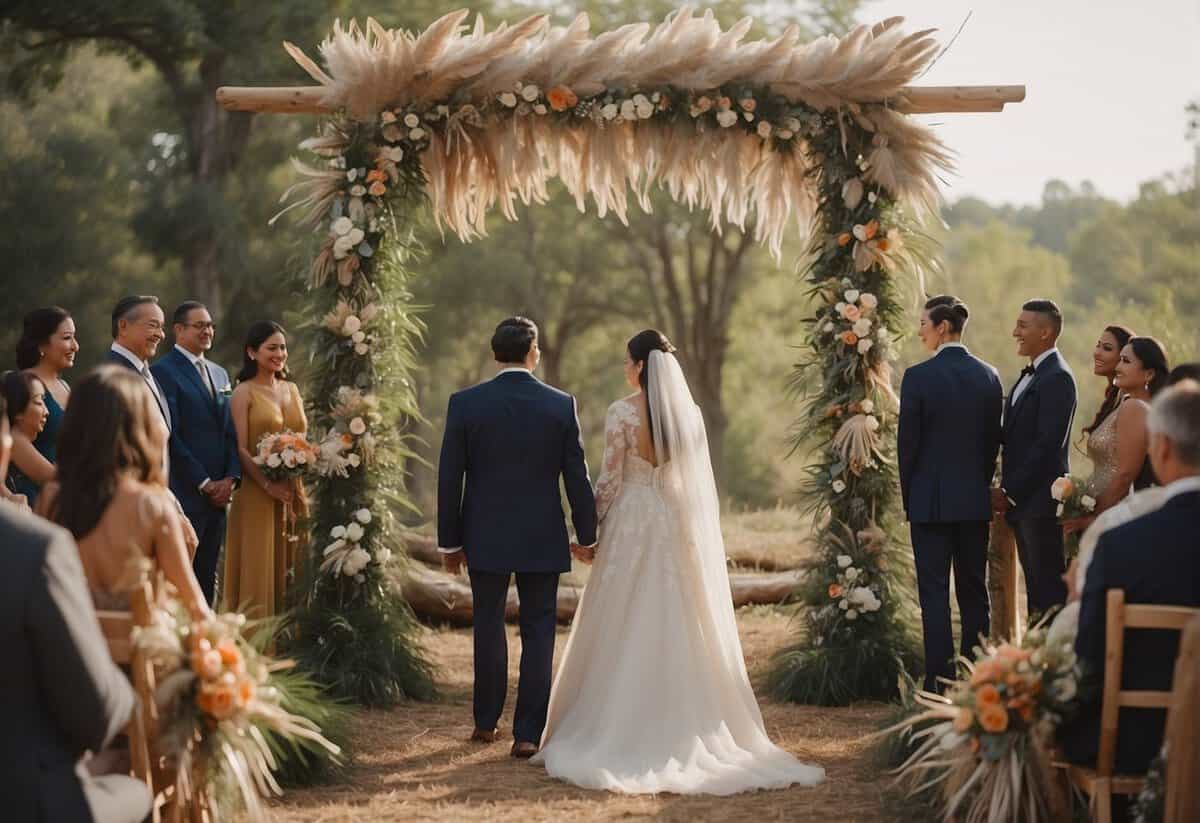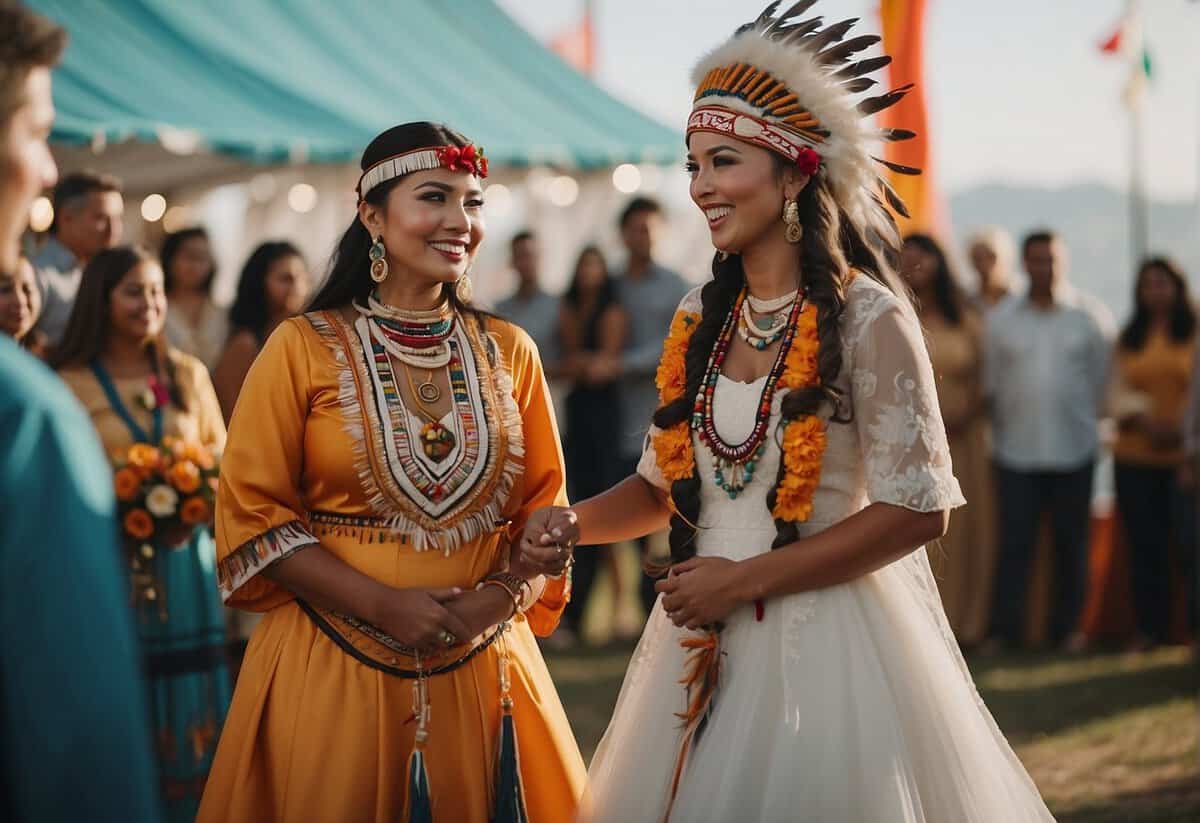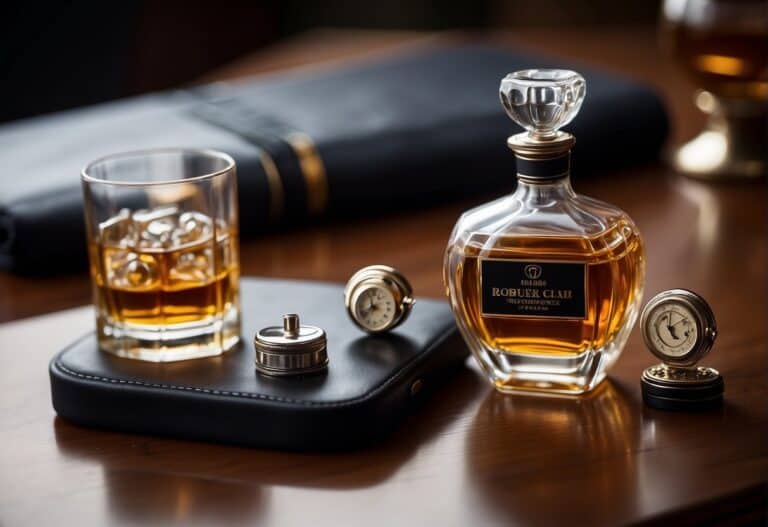Native American Wedding Ideas: Celebrating Love with Cultural Traditions
Embracing the rich heritage of Native American cultures, incorporating traditional wedding ideas into your special day can add a deeply personal and spiritual dimension to your celebration. Native American wedding ceremonies often include unique rituals and customs that have been carried through generations, providing a sense of continuity and reverence for the past. This appreciation for cultural traditions enriches the wedding experience, connecting you and your partner to ancestral wisdom and rituals designed to bless your union.

As you consider integrating Native American wedding ideas into your celebration, you enter a journey that honors the foundational values of love, commitment, and community. It’s more than just the exchange of vows; it’s an opportunity to design a wedding that weaves together practices such as the use of sacred eagle feathers, vase rituals, or blessings that speak to the heart and spirit. This holistic approach not only captures happiness in the nuptial moment but also pays homage to a way of life that cherishes the Earth and its gifts.
Key Takeaways
- Native American wedding traditions offer a spiritual and cultural depth to ceremonies.
- Incorporating these practices adds meaningful rituals to your wedding journey.
- Such customs emphasize love, happiness, and the importance of community.
Cultural Significance and Traditions

When you explore Native American wedding ceremonies, you immediately notice the deep cultural significance where every element, from attire to rituals, holds a special meaning.
Understanding Native American Wedding Ceremonies
In your journey to appreciate Native American wedding ceremonies, know that they are not a monolith; each tribe has its unique customs. These transformed traditions serve to unite not just two individuals, but also their families, often with a blessing by the Great Spirit or Creator. For instance, Cherokee wedding practices are particularly unique, including specific blessings and the use of a sacred fire, symbolizing unity and purification.
Symbolism and Rituals in Tribal Traditions
The tapestry of Native American nuptials is woven with rich symbolism and rituals. The inclusion of eagle feathers in many ceremonies signifies a connection with the Great Spirit. The vase ritual, shared by Cherokee and Pueblo people, embodies the coming together of two lives as one. Throughout these ceremonies, the regalia worn by the bride and groom often features intricate beadwork and designs, each telling a story of familial lineage and cultural heritage.
- Eagle Feathers: A connection to spirituality and the divine.
- Vase Ritual: Representing unity and shared life.
- Regalia: Often includes beadwork symbolizing family and heritage.
Your understanding of these ceremonies is deepened when considering how they celebrate love, American Indian heritage, and a couple’s future, wrapped in storied tribal traditions.
Pre-Wedding Rituals and Preparations

In the time leading up to a Native American wedding, you’ll encounter rituals and preparations that deeply honor the rich cultural heritage of the tribes involved. These customs are designed to prepare both the couple and their families for the sacred union.
Spiritual Cleansing and Blessings
Smudging is often a vital part of the pre-wedding rituals. During this process, you or a spiritual leader may burn sage to cleanse the space and the individuals involved of negative energy. It’s a meaningful act that fosters a positive and holy environment for your upcoming union. A fire ceremony may also take place, lighting a new flame to represent the couple’s new beginning.
- Elements Used in Smudging:
- Sage
- Cedar
- Sweetgrass
- Eagle feathers
Attire and Regalia Choices
For your wedding attire, selecting traditional regalia that bears significant meaning is customary. Turquoise and silver are often chosen for their beauty and spiritual importance, with turquoise jewelry symbolizing good fortune and strength, while the eagle feather may be incorporated as a sacred emblem of the Great Spirit. A tear dress is a historical option for brides of Cherokee descent, featuring detailed patterns and ribbons. Men’s attire might include breechcloths or ribbon shirts, with feathers often adorning headdresses or hairpieces.
- Attire Components to Consider:
- Beadwork and ribbon appliqué for vibrancy
- Feathers, often from eagles, as a spiritual complement
- Turquoise and silver jewelry to emphasize Native identity and spirituality
- Corn motifs, symbolizing fertility and abundance
Your choices in attire not only respect the past but also weave the heritage into the very fabric of your special day.
Ceremony Practices and Vows

When planning your Native American wedding ceremony, incorporating traditional practices and vows can infuse your celebration with deep cultural significance. These elements highlight the unity not just between you and your partner but also with nature and ancestry.
Distinctive Tribal Ceremony Elements
Cherokee: In Cherokee tradition, you may witness the “Water Ceremony”, where water is used to cleanse and purify the couple’s palms, symbolizing a fresh start. Another poignant element is the “Blanket Ceremony”, where you and your partner are wrapped in a single blanket to represent unity and the beginning of your journey as one.
Navajo: At a Navajo wedding, the couple may partake in a “Fire Ceremony” to bring warmth and light to their new life together. This ceremony involves circling a fire multiple times to symbolize the sun’s journey and reflect on the cyclical nature of life.
Exchanging of Vows and Unity Symbols
Vows: The exchange of vows is a critical moment in your wedding ceremonies. These can be steeped in tradition, with phrases and commitments that have been passed down through generations.
Unity Symbols: The “Wedding Vase” is central to many Native American wedding ceremonies, especially within the Pueblo tribes. During the vase ritual, you and your partner drink from the same vase, which has two spouts to signify the separate paths that have come together in marriage.
By integrating these meaningful practices and declarations, your wedding ceremony will not only honor your love for each other but also pay homage to the traditions that have sustained your communities for centuries.
Reception and Community Celebrations

As you plan your Native American wedding, the reception is a time for joyous celebration with delicious food, lively music, and communal participation. It’s when traditions come to life, bringing everyone together to honor the newlyweds.
Feasting and Entertainment
Your wedding feast isn’t just any meal; it’s a culinary journey that can include traditional foods like venison, fry bread, and stews. Unique to certain Native American cultures, these dishes provide a taste of history and heritage. The air may be filled with the sounds of live music, often involving flutes and drums, setting the rhythm for traditional dance performances. These dances aren’t just for show; they’re rituals infused with meaning, often blessing the union and celebrating the merging of families.
Community Participation and Gifts
The spirit of community is integral to a Native American wedding reception. Guests may be welcomed to partake in ceremonies or dances, reinforcing unity. Gifts play a special role and aren’t merely presents but heartfelt offerings to support the couple’s new journey. In many tribes, there’s a focus on practicality and generosity, with gifts often including handmade items or artifacts of cultural significance. This reciprocal exchange fortifies the bond between the individuals and the larger community, creating a circle of support that surrounds the couple.
These moments—from feasting on traditional dishes to the exchange of meaningful gifts—embody the essence of your wedding reception, crafting an unforgettable celebration of love and community.
Post-Wedding Traditions and Advice

After the celebration ends and the last guest has departed, you embark on a meaningful journey together. This next chapter is rich with opportunities to honor traditions and build a life filled with love, happiness, and commitment.
Continuing the Journey Together
Your marriage is a magnificent journey – one that isn’t just about the distance but the shared experiences and growth along the way. As you settle into your new life together, consider intertwining the strength of your relationship into your living space, whether it’s a cozy townhouse or a sprawling piece of land. Displaying your wedding rings prominently can serve as a daily reminder of your vows, while decorating your home with symbols of abundance and beauty can create an environment that reflects the heart of your bond.
- Marriage Advice to Cherish:
- Never stop dating: Keep the spark alive by regularly setting aside time for romantic experiences.
- Communication is key: Maintain an open mind in conversations; the strength of your union lies in understanding and respecting each other.
Honoring Traditions in Modern Weddings
Incorporating Native American customs into your life doesn’t stop at the ceremony; it continues as you build your future. It’s essential to sit down together and discuss which traditions resonate with your hearts and how they can be adapted to celebrate your heritage every day.
- Modern Adaptations:
- Fry Bread Fridays: Bring culinary traditions into your kitchen by preparing indigenous dishes regularly, such as making fry bread on Fridays.
- Smudging Ceremony: Create a ritual of smudging your home to clear negative energy and promote happiness and health in your shared space.
By embracing these post-wedding traditions and applying heartfelt advice to your everyday life, your marriage will not only honor the past but also pave the way for a beautiful, shared future.
Native American Influence on Modern Weddings

In modern nuptials, you might notice a beautiful tapestry of traditions with strands of Native American influences woven throughout. From specific tribal rituals to broader cultural symbols, these elements add depth and reverence to contemporary ceremonies.
Integrating Cultural Elements into Contemporary Ceremonies
When you implement Native American cultural elements into your wedding, you’re embracing a rich tapestry of history and significance. For instance, incorporating the vase ritual, recognized by both the Cherokee and Pueblo people, signifies unity and cooperation between partners. You could also consider using eagle feathers in your decorations or attire to symbolize a connection with the Great Spirit, a respected concept among many tribes such as the Algonquin and the Apache.
If you’re aiming to create an atmosphere of harmony and balance that resonates with Native American values, think about integrating the four elements of nature—earth, fire, water, and air—into your ceremony. This might be represented through specific rites or the inclusion of natural elements like stones, rain water, or wind chimes that speak of the power of nature.
Respect and Appreciation of Native American Culture
Demonstrating respect for Native American culture at your wedding requires more than just using cultural symbols—it means understanding their significance and approaching them with a genuine appreciation. You can start by ensuring that any ritual or symbol you incorporate is done so with the guidance and blessing of elders or members from the Native American communities.
Your appreciation can also be shown by including a narrative of the history behind the elements you incorporate, perhaps as part of your ceremony’s program or in your vows. Embrace philosophies of wisdom, community, and harmony to reflect the values that many Native American tribes, such as the Chippewa, Pueblo, and Iroquois, hold dear.
By inviting these ancient practices into your modern celebration, you honor not only Native American history and communities, but also the universal messages of love and respect that transcend cultural boundaries.

